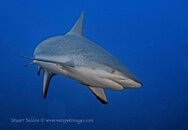divebrasil
Contributor
Hi all,
Just returned from my first Liveaboard spending a week diving around the turks and caicos area aboard the Explorer II. Before the trip I had considered buying a new dive housing for my DSLR but the cost discouraged me. So I brought my old P&S (with manual controls) Olympus SP350 with my Ikelite housing and DS-50 strobe. Most dives were pretty deep in the 25-30ft range what made it pretty dark, specially on the wide shots from a distance.
In the past I have used photoshop for post work but don’t have it on my current machine so this time I used Aperture. Although I achieved some improvements, it’s been hard to work on the wide shots. Difficult to bring some of the red back while keeping the blues, well, blue, specially on the background water. On photoshop used to be easier to select and separate elements in layers.
I usually do most of the adjustments in white balance, exposure, enhance, highlights & shadow and sharpen. What should I be paying attention to?
Here are some of the pictures. I am also attaching a couple of pics in the original form (sharks)so you see what I am working with. Would be great to get some advice on how to improve my photos.
Looks like the board compressed the hell out of the pics, so here is a link to Flickr
https://flic.kr/s/aHsk76ayDu
Thanks for the feedback.
divebrasil
Just returned from my first Liveaboard spending a week diving around the turks and caicos area aboard the Explorer II. Before the trip I had considered buying a new dive housing for my DSLR but the cost discouraged me. So I brought my old P&S (with manual controls) Olympus SP350 with my Ikelite housing and DS-50 strobe. Most dives were pretty deep in the 25-30ft range what made it pretty dark, specially on the wide shots from a distance.
In the past I have used photoshop for post work but don’t have it on my current machine so this time I used Aperture. Although I achieved some improvements, it’s been hard to work on the wide shots. Difficult to bring some of the red back while keeping the blues, well, blue, specially on the background water. On photoshop used to be easier to select and separate elements in layers.
I usually do most of the adjustments in white balance, exposure, enhance, highlights & shadow and sharpen. What should I be paying attention to?
Here are some of the pictures. I am also attaching a couple of pics in the original form (sharks)so you see what I am working with. Would be great to get some advice on how to improve my photos.
Looks like the board compressed the hell out of the pics, so here is a link to Flickr
https://flic.kr/s/aHsk76ayDu
Thanks for the feedback.
divebrasil
Attachments
-
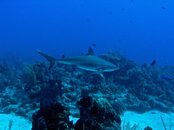 IMG_1274 003.jpg29.9 KB · Views: 110
IMG_1274 003.jpg29.9 KB · Views: 110 -
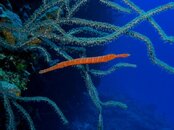 IMG_1274 002.jpg41.6 KB · Views: 110
IMG_1274 002.jpg41.6 KB · Views: 110 -
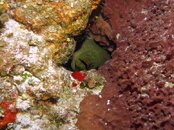 IMG_1274 004.jpg71.2 KB · Views: 99
IMG_1274 004.jpg71.2 KB · Views: 99 -
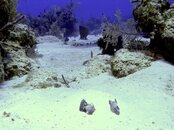 IMG_1274 010.jpg54.2 KB · Views: 95
IMG_1274 010.jpg54.2 KB · Views: 95 -
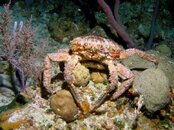 IMG_1274 009.jpg68.3 KB · Views: 92
IMG_1274 009.jpg68.3 KB · Views: 92 -
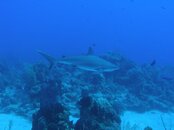 original-IMG_1274 017.jpg22.6 KB · Views: 86
original-IMG_1274 017.jpg22.6 KB · Views: 86 -
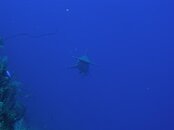 original-IMG_1274 015.jpg9.1 KB · Views: 91
original-IMG_1274 015.jpg9.1 KB · Views: 91 -
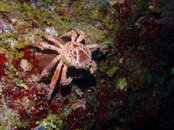 IMG_1274 005.jpg69.1 KB · Views: 91
IMG_1274 005.jpg69.1 KB · Views: 91 -
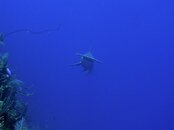 IMG_1274 007.jpg11.8 KB · Views: 101
IMG_1274 007.jpg11.8 KB · Views: 101
Last edited:




